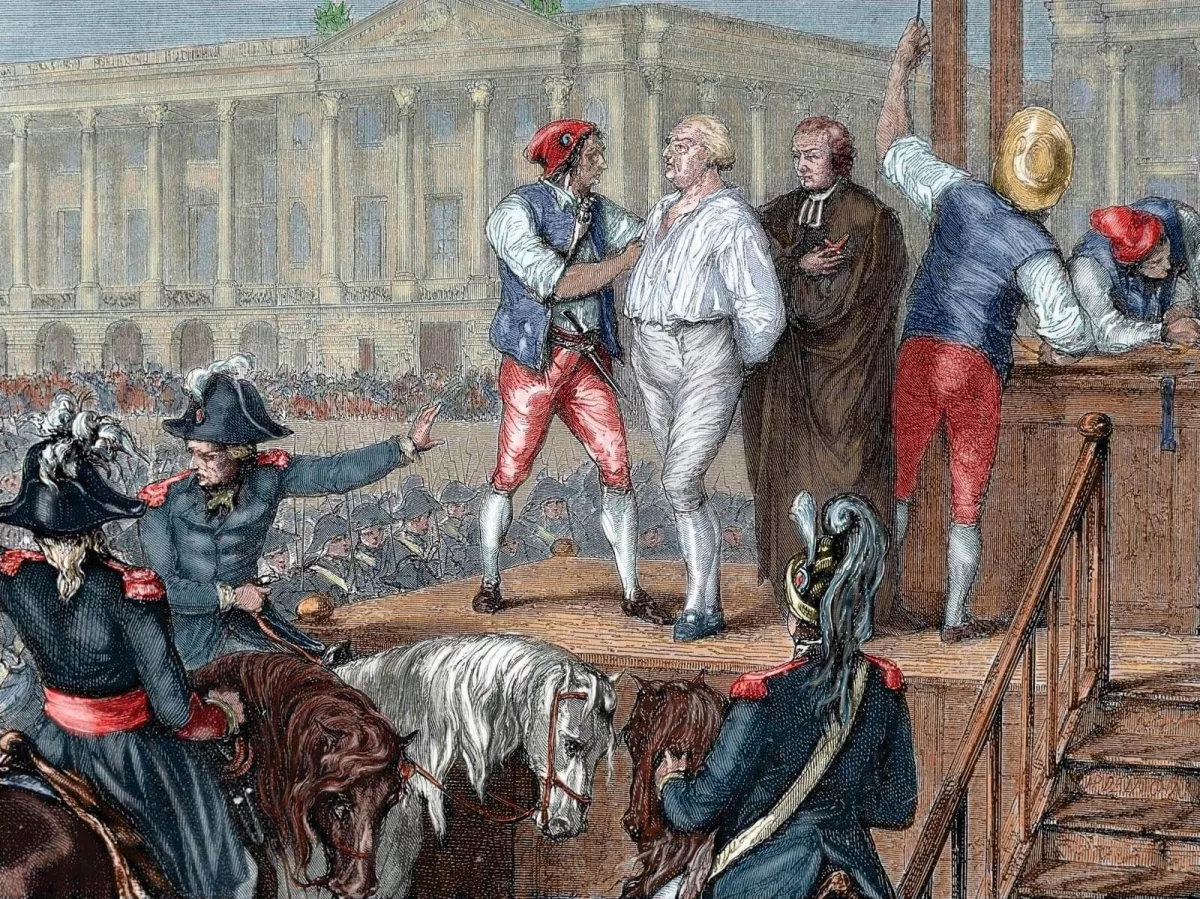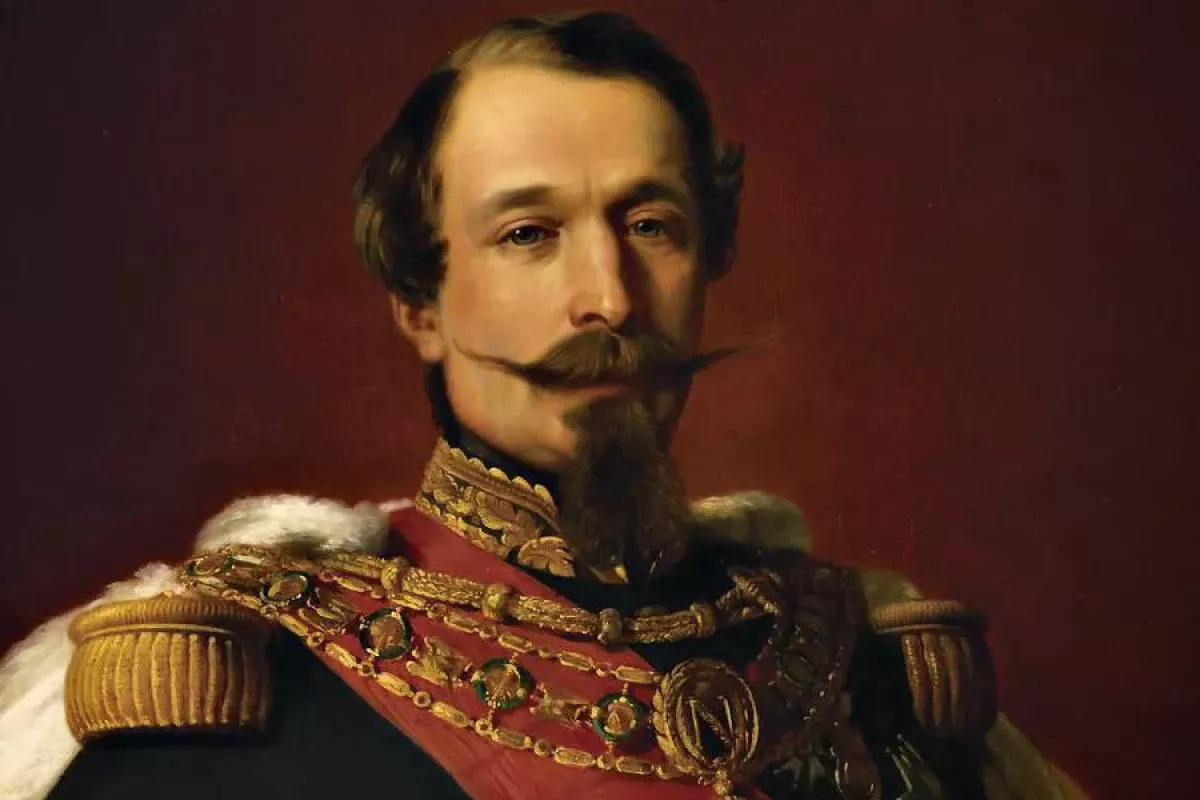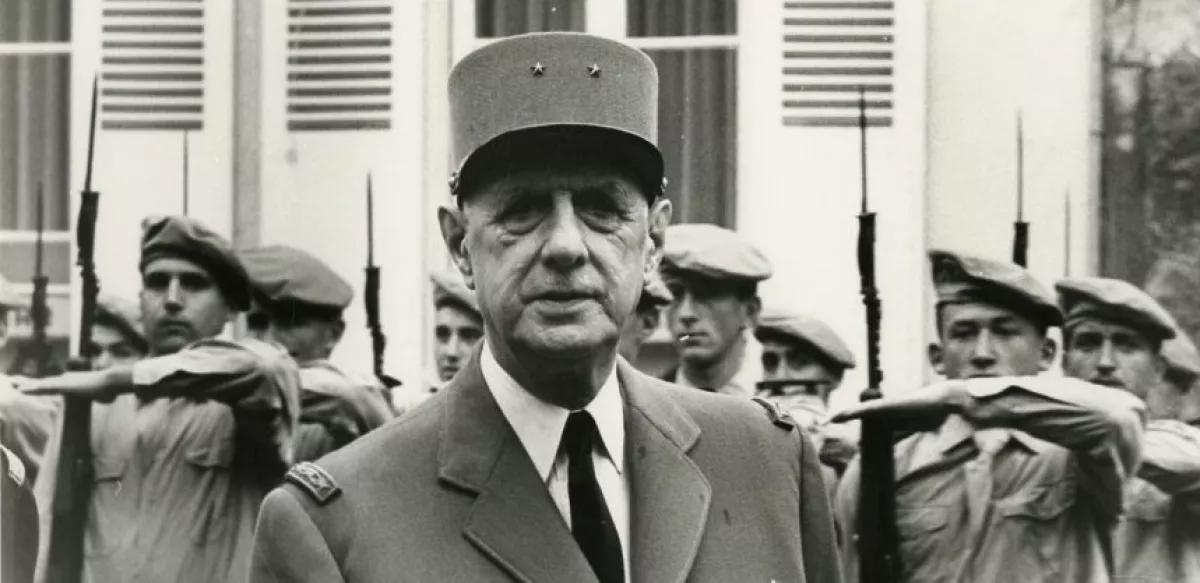Louis XVI, Napoleon III, Charles de Gaulle: Whose fate will Macron repeat? Article by The Connexion
The French new website, The Connexion, has published an article on political instability in France. Caliber.Az offers its readers the most telling parts of the piece.
Having written here recently about the problems that Prime Minister François Bayrou has in trying to secure €43 billion of savings in a country addicted to state, and particularly to welfare, spending, the opposition is mobilising.
A movement calling itself Bloquons tout (Let’s block everything) has threatened action to bring France to a standstill from September 10.
It hopes its protests will force a climbdown from Mr Bayrou, though the most likely outcome is that he would resign as prime minister.
If he did, it is hard to see who President Macron would choose, or be able to find, of sufficient stature (and suicidal tendencies) to take over.
The likelihood is that Mr Macron would be forced to legally dissolve the Assemblée nationale again – with just over a year passed since the snap parliamentary elections of 2024 he can now legally do this.
With that hope in mind, Jean-Luc Mélenchon, leader of the far-left La France Insoumise (LFI), has lent his and his party’s weight to Bloquons tout.
Justifying his support for the protests, Mr Mélenchon insisted that his principal aim was to stop what he called “devastating” austerity proposals being implemented.
Traditions of protest
It is the sort of rhetoric that has accompanied every far-left movement not merely since the Russian revolution of 1917, but since the French Revolution in 1789.
Protest that evolves, usually quite quickly, into civil disorder – the old clichés of the disaffected ripping up cobblestones and chucking them at those representing authority have some basis in history – is an accepted part of French political culture.
During the summer of 1789, and up until the execution of Louis XVI three-and-a-half years later, Paris and other major French cities – notably Lyon – were filled with episodes of violent protest; and they flared up occasionally even after the declaration of the Republic.

After that it became the default action of aggrieved French citizens.
There were riots in Paris in 1830 to overthrow the rule of Charles X, which succeeded.
They were speedily followed by an uprising in 1832 to attempt to overthrow the July monarchy of Louis Philippe, immortalised by Victor Hugo in Les Misérables.
This set a template for later agitation: streets were barricaded, and pitched battles broke out.
By the time the authorities successfully squashed the rebellion there had been over 800 casualties.
The July Monarchy finally collapsed with the February Revolution of 1848, with fighting on such a scale that authorities could not control it. As a result, the King was forced to abdicate.
There were further outbreaks of fighting throughout 1848, and more food riots in the 1850s.
An uprising in 1870 accompanied the siege of Paris by the Prussians, and another the following year led to the Paris Commune.

Throughout the Third Republic the nature of protest changed slightly, its focus being violent activity around industrial action.
One exception was a mass protest in 1934 by supporters of the hard right, notably the monarchist group Action française.
Many of them were Great War veterans deploring the direction in which they felt the country was moving, finally provoked by the sacking of the anti-communist police hief of Paris.
There were barricades, running battles, and the police were pelted with projectiles. The police fired on the rioters and killed 17; more than 2,000 people were injured.
The protesters demanded the removal of the centre-left government of Edouard Daladier, and succeeded in securing it.
Within two years a more familiar type of protest returned, with a general strike in which over a million people participated.

In the post-war period the most notable riots were les événements of 1968, where widespread disorder, led by students, with the full panoply of pitched battles and barricades, ran for weeks during the spring and summer.
They contributed greatly to the decision of Charles de Gaulle to resign the following year.
Modern protests
In recent years, civil disorder has become far more commonplace.
Sometimes this has had racial undertones, as France has become a less monocultural society.
New interest groups have also used novel methods – notably blockades and other disruptions of day-to-day activity – to register their dislike of policy and the perceived refusal of the government to listen.
The most conspicuous were the gilets jaunes protests that have run through Emmanuel Macron’s presidency.
Bloquons tout, if it has the committed support of a substantial far-left movement that Mr Mélenchon promises, could be far more disruptive than the gilets jaunes.
Irrespective of that, LFI promises a motion of censure and a determination to bring the Bayrou administration down.
The president had his fingers burned in the summer of 2024 when he called parliamentary elections, because they gave him a result he had not expected.
New ones could leave him with an Assemblée nationale in which power is divided between the hard left and the hard right – a grim commentary on Mr Macron’s management of his country.
He might be happier with people simply blocking roads, or ripping up cobblestones.








